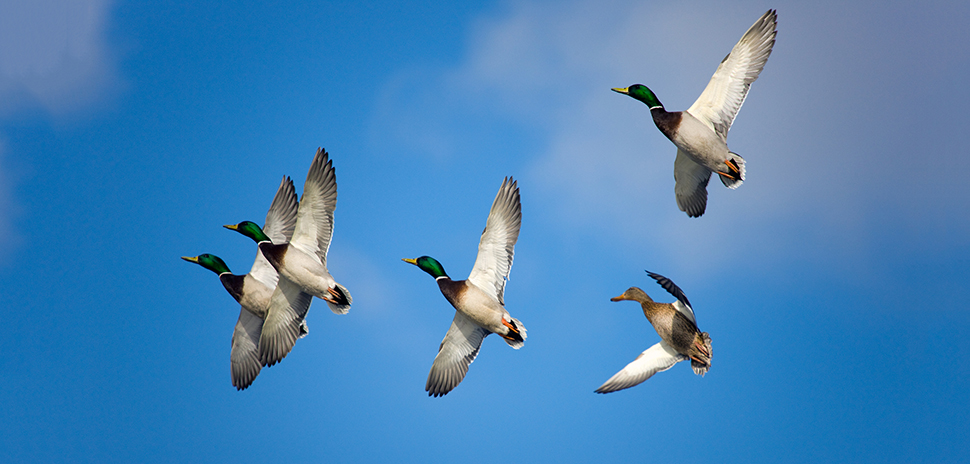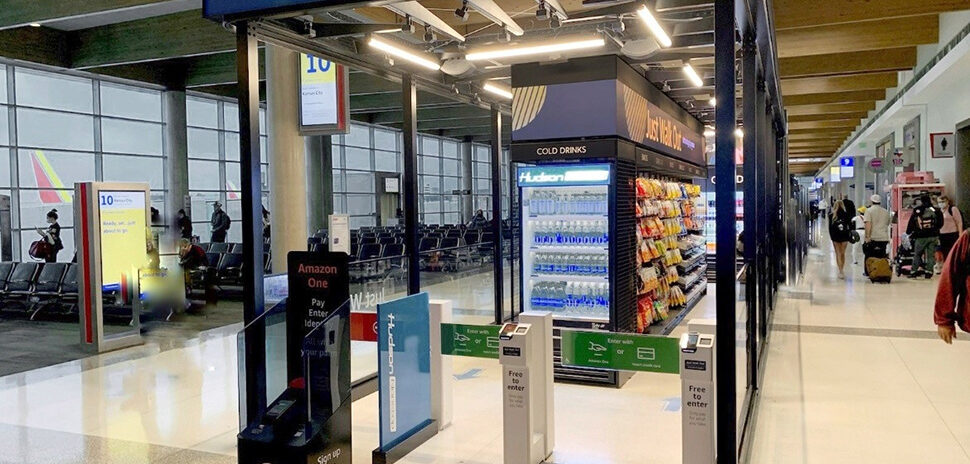New technology has been authorized for Dallas Love Field that will enhance safety for aircraft taking off and landing at the city-owned airport six miles northwest of downtown Dallas.
The Dallas City Council voted recently to buy the Pharovision Wildlife Detection infrared/optical system to detect animals, people, and foreign objects within a five-mile radius of aircraft. Department of Aviation Director Mark Duebner and Assistant Director of Operations Terry Mitchell from Love Field proposed implementing the system to the Council.
Dallas Love Field, which celebrated its 100th anniversary in 2017, is the first U.S. airport to put the system in place as part of its Federal Aviation Administration-mandated Wildlife Hazard Management Plan, the city said in a release.
Cost for the system will be $1.7 million and be paid for out of the airport’s operating fund, according to The Dallas Morning News.
The Pharovision system is a forewarning tool for potential dangers to aircraft — it automatically determines what an object is, tracks it, and alerts airport personnel
The airport is the home of Southwest Airlines, and has flights from other commercial carriers Virgin America, and Delta. Numerous corporate aircraft operators and general aviation enthusiasts fly from Love Field, too.
The Pharovision system is a forewarning tool for potential dangers to aircraft — it automatically determines what an object is, tracks it, and alerts airport personnel.
Pharovision’s “Sentinel” tool also can detect people who trespass onto Love Field property, as well as drones that fly into the airport’s airspace. In the future, it will be able to detect foreign object debris on the runways.
“We’ll have something that’s always on, being very vigilant about anything in our airspace,” Duebner told the Morning News. “The air traffic control guys, their number one job is safety, so giving them real-time information helps them keep the planes safe.”
The system also will help alleviate the problem of bird strikes, a hazard that has been known to damage or even disable aircraft.
“We’ll have something that’s always on, being very vigilant about anything in our airspace.”
Mark Duebner
The city said that airport staff reported 180 confirmed bird strikes in 2017, most likely because of the airport’s proximity to Bachman Lake and the large number of birds that it attracts.
Modern aircraft are designed to withstand a strike with a 5-pound bird, but flocks of birds can be an extreme hazard.
The city noted US Airways flight 1549, which was struck by a flock of geese on Jan. 15, 2009 as it departed from New York City’s LaGuardia Airport , forcing pilot Chesley Sullenberger to make an emergency water landing in the Hudson River — the so-called “Miracle on the Hudson.”
![]()
Get on the list.
Sign up to keep your eye on what’s new and next in Dallas-Fort Worth, every day.
And, you’ll be the first to get the digital edition of our new Dallas Innovates magazine:
The annual edition publishes in January

































